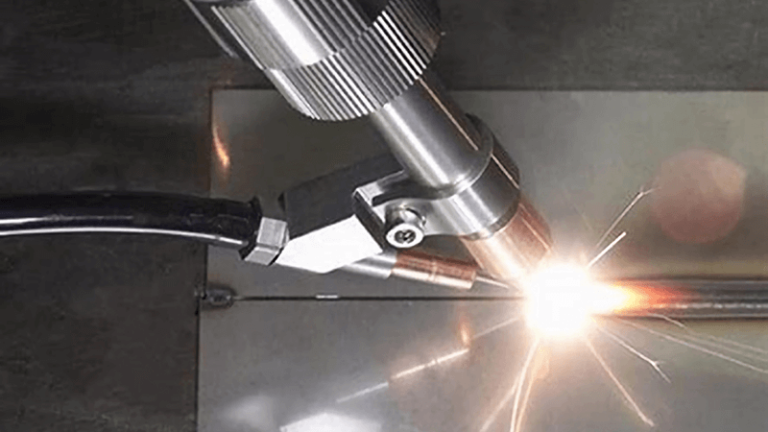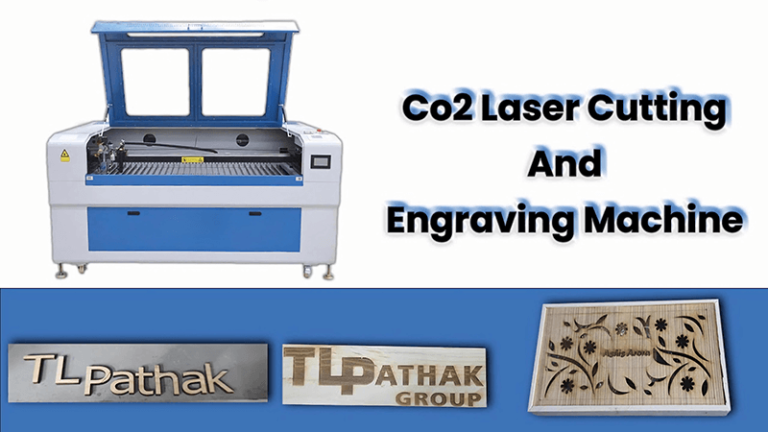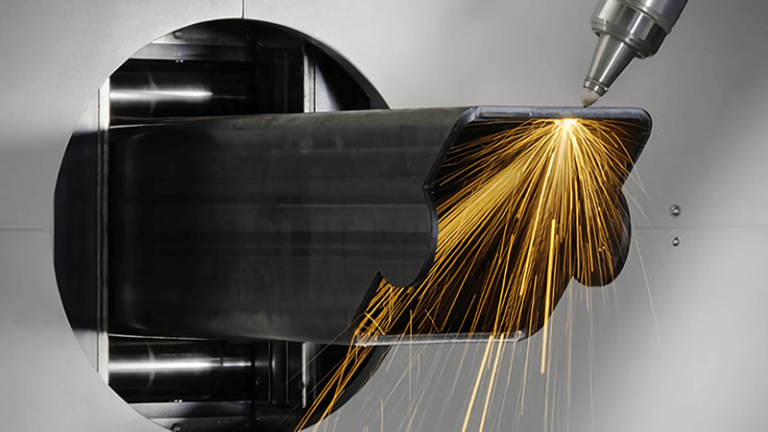Are you feeling overwhelmed by the countless metal laser cutters on the market? You're not alone! It can be a daunting task to pick the right one when they all seem similar on the surface. But here's the good news—it's easier than you think once you understand the key factors. Stick with me, and you'll be making a confident choice in no time.
Choosing the right metal laser cutter is crucial for the success of your project. In this post, I'll walk you through the key aspects to consider, so you don't end up regretting your investment.
Whether you're cutting thick steel or delicate aluminum, there’s a machine out there that’s perfect for your needs.
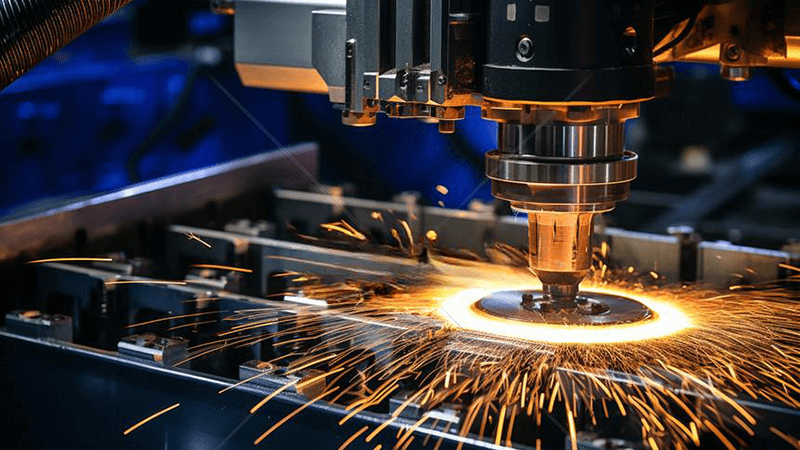
Why Metal Laser Cutters?
Laser cutters are hands-down the go-to tool for anyone serious about metal cutting. Why? Because they offer precision, speed, and flexibility that traditional cutting methods can't touch. If you're still using saws or plasma cutters, you're probably losing both time and money.
Laser cutters are extremely versatile. Whether you need to cut through stainless steel, aluminum, or even brass, the right machine can handle it all with clean edges and minimal waste. It’s all about making your process smoother, faster, and more efficient. Why work harder when you can work smarter, right?
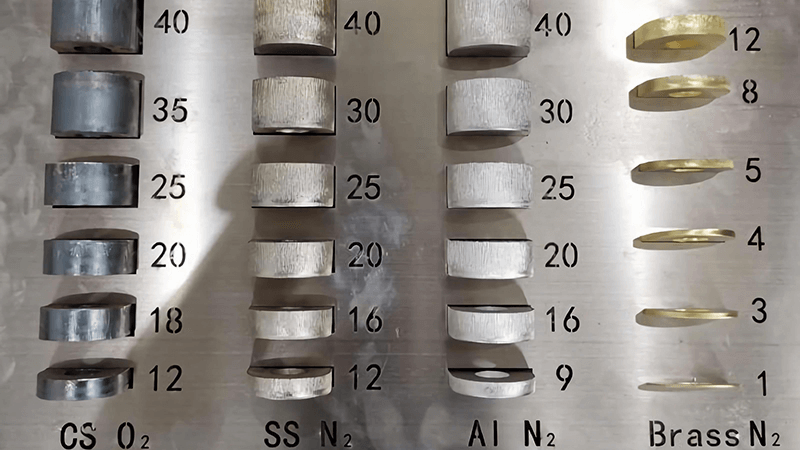
What Should You Consider When Choosing a Metal Laser Cutter?
If you're thinking of investing in a laser cutter, it’s important to ask yourself: What do I really need? Let me break it down for you.
Power Requirements
The first thing to consider is power. Laser cutters come in different power levels, and higher power typically means faster and deeper cuts. If you're working with thick metals, you'll need more power—think 6kW or more. For thinner materials, lower-powered machines (around 1500W-2000W) will suffice. The right balance between power and material is crucial for efficiency. Check out this laser cutting data sheet of 6kw for your reference, then you will have a clear idea about how much power you need for your projects.
Material Compatibility
What metals will you be cutting? A fiber laser cutter is your best bet for reflective materials like aluminum and brass, while a CO2 laser cutter is great for cutting through non-reflective and non-metal materials like Acrylic. If your work involves a variety of metals, fiber lasers are generally more versatile. You don’t want to invest in a machine only to find out it’s not compatible with your materials. If you do not believe, check out the above data.
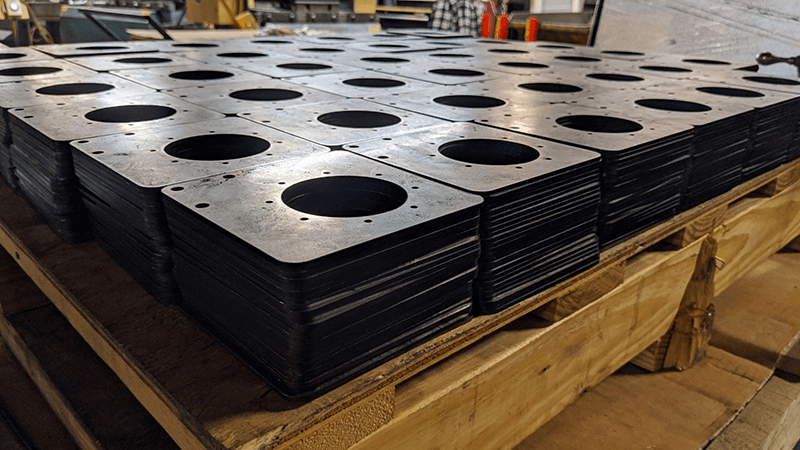
Precision and Tolerance
When you're working on high-precision projects, the accuracy of your machine matters—a lot. Fiber lasers are known for their precision, often within microns, making them ideal for intricate designs. However, if you're cutting larger sheets of metal with less need for accuracy, a CO2 laser might be a more cost-effective choice.
How precision and tolerance can get by fiber laser cutting?
Dimensional Accuracy
Fiber laser cutting machines are known for their exceptional precision, achieving dimensional tolerances typically ranging from ±0.001 to ±0.003 inches (approximately ±0.025 to ±0.075 mm) for metal cutting applications. Non-metal materials, due to their varying properties, usually allow for slightly wider tolerances, commonly between ±0.005 inches (±0.127 mm) and ±0.010 inches (±0.254 mm), depending on the material and thickness. The laser beam can be focused as tightly as 10 to 20 microns, enabling intricate designs and complex cuts essential for high-precision projects.
Kerf Width
The kerf width, or the width of the material removed by the laser during cutting, is remarkably narrow, typically falling within the range of 0.004 to 0.012 inches (0.1 to 0.3 mm). This minimal kerf width reduces material waste and allows for more efficient nesting of parts on cutting sheets, optimizing the use of materials and increasing production efficiency.
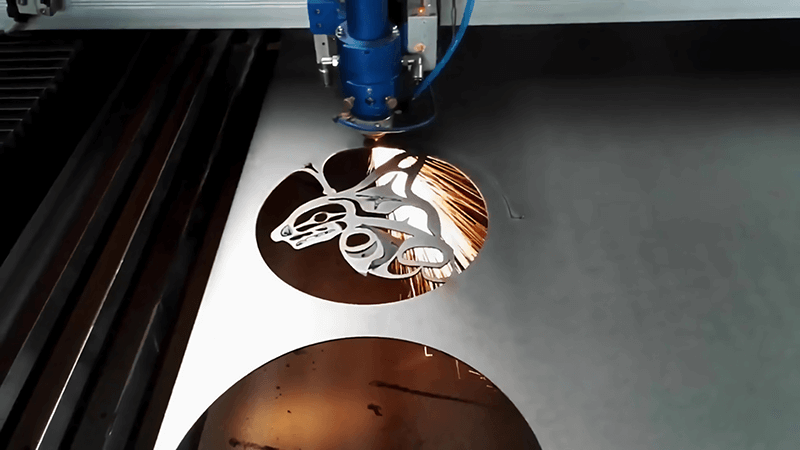
Types of Metal Laser Cutters: CO2 vs. Fiber?
So, you've narrowed down your needs, but now comes the question: What type of laser cutter should you choose? The two most common types are CO2 lasers and fiber lasers.
CO2 Lasers
CO2 lasers have been around longer and are generally more affordable. They’re great for cutting non-metal materials and metals like steel. However, they're not the best for reflective materials. If your focus is on cutting wood, plastic, this could be your best option.
CO2 lasers can indeed cut metals, but their ability to handle thicker metals is typically limited compared to fiber lasers. For thicker materials, CO2 lasers require higher power and specific configurations to ensure quality cuts. CO2 lasers are most effective for cutting metals like stainless steel, aluminum, and brass, but generally in thinner gauges.
For example, a 500W CO2 laser can cut mild steel up to 4.8mm thick and stainless steel up to 3mm with oxygen assistance. For thicker metals, it is often recommended to switch to fiber lasers, which are better suited for cutting thick metal sheets efficiently.
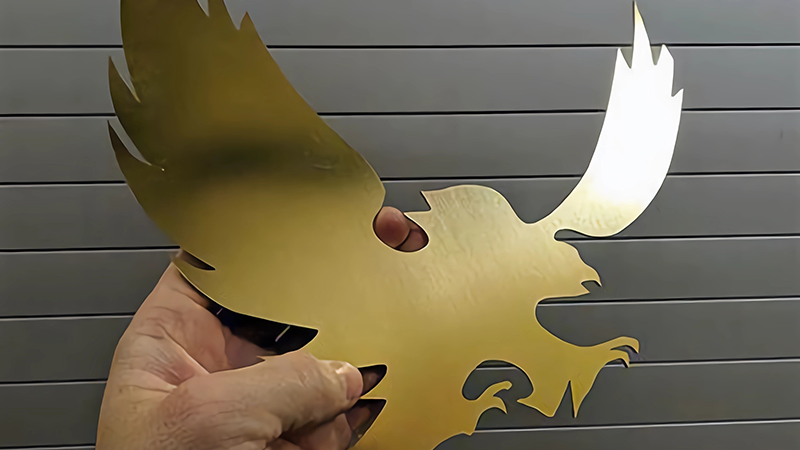
Fiber Lasers
Fiber lasers are the newer technology, offering higher efficiency and better cutting speeds for metal. They're perfect for reflective materials like aluminum, copper, and brass, and they require less maintenance. If versatility is what you're after, a fiber laser is hard to beat.
Here's a handy comparison to help you see the differences.
How Thick Do You Need to Cut?
Thickness is another key factor. If you're dealing with metals like steel or aluminum, thickness will dictate the power of the laser you need. For example, cutting through 20mm thick steel will require a more powerful laser (3kw - 6kw) than cutting through 3mm aluminum. Check this cutting thickness guide to figure out what power you need for your materials.
Speed Matters
Speed can make or break your production process. Higher-powered lasers can cut faster, but they also cost more. If you're in a high-production environment, the speed may be worth the investment. For smaller shops or custom jobs, a slower machine could save you some money without compromising on quality.
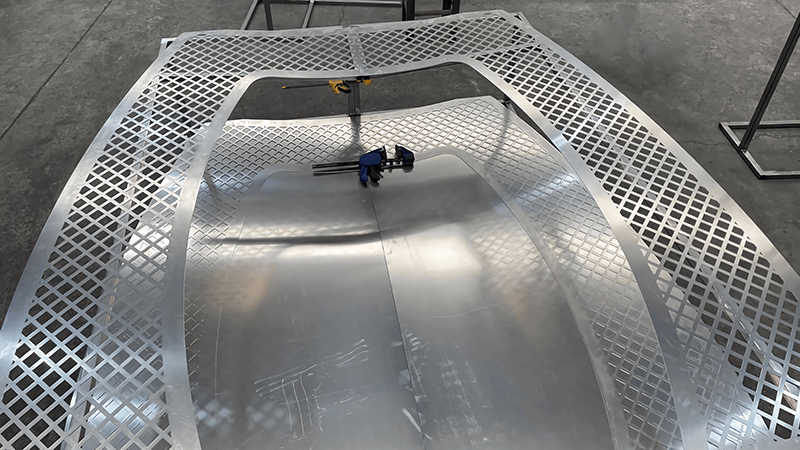
What Features Should You Look for in a Metal Laser Cutter?
Automation Options
Do you want a machine that practically runs itself? Automation features, such as auto-loading, can significantly improve your production efficiency. While they add to the upfront cost, they can save you big bucks in the long run. Machines like these are great for high-volume operations where minimizing downtime is key.
Cooling Systems
When selecting a fiber laser cutting machine, cooling is a critical factor, as all fiber laser systems are water-cooled. There are two key points to consider. First, assess whether the cooling capacity is sufficient to manage the heat generated by the laser. If the cooling system is inadequate, the laser may frequently overheat, triggering alarms and causing the machine to shut down. In more severe cases, prolonged overheating can damage internal components, leading to costly repairs.
The second consideration is the ambient temperature of your operating environment. If your facility is in a region with consistently high temperatures, the cooling system needs to be even more robust to ensure that key components, like the laser and cutting head, remain properly cooled. This helps prevent damage and maintains operational efficiency. Therefore, in regions with high ambient temperatures, especially those in lower latitude areas, it's crucial to carefully evaluate the machine's cooling capacity before making a decision.
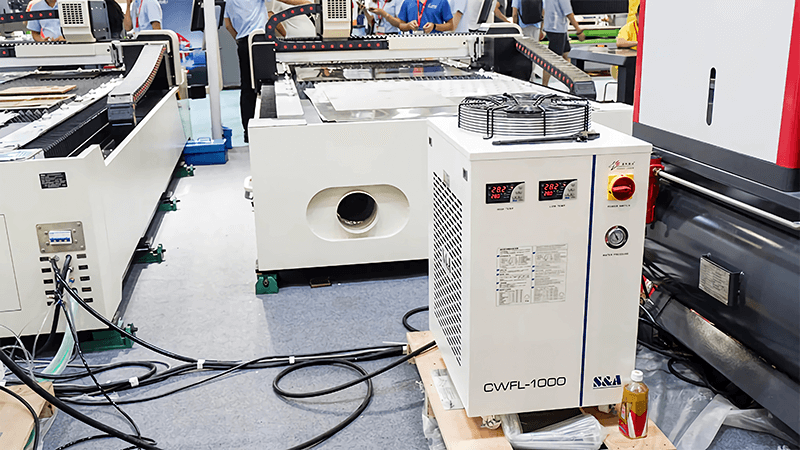
Software Compatibility
When recommending software compatibility for your laser cutting machines, two strong contenders are Bochu and Raytools.
- Bochu (Shanghai Friendess) has an impressive market share in both China and globally. Known for its user-friendly interfaces and stability, Bochu's CypCut and HypCut control systems are widely recognized for their precision and efficiency. These systems are frequently used in medium to high-power laser applications, with Bochu being a dominant player in the laser cutting software market, achieving a 56.61% revenue increase in 2023 .
- Raytools is an excellent option for machines under 3kW, offering high-performance laser cutting heads at a competitive price. It is particularly known for its BM111 series auto-focus laser heads, which are highly regarded for their cost-effectiveness and precision, making it a top choice for companies seeking affordable yet efficient laser solutions .
These brands complement each other well, with Bochu providing excellent software control for various laser applications, and Raytools delivering outstanding laser heads at a lower power range. Both brands have established themselves as leaders in their respective areas, ensuring reliability and value for your laser systems.

Budget: What Can You Afford?
Let’s face it—laser cutters aren’t cheap. But think of them as an investment, not just a purchase. Look for a machine that strikes the right balance between cost and performance. It might be tempting to go for the cheapest option, but remember: you get what you pay for. Maintenance costs and downtime can eat away at any savings you thought you were making. Need help with budget planning? We've got you covered.
Maintenance Costs
Speaking of costs, don’t forget about maintenance. Fiber lasers usually require less maintenance than CO2 lasers, but they also come with a higher upfront cost. Calculate the long-term expenses to ensure you won’t be blindsided later on.
Warranty and After-Sales Support
You never know when something might go wrong. That's why it's essential to choose a machine with a solid warranty and excellent after-sales support. Kirin Laser, for example, offers remote video support and local agent assistance. Having that safety net can make all the difference in your operations.

Power: 1.5kw, 2kw & 3kw
Cutting Ability: <14mm
Price: 10,195USD – 15,715USD
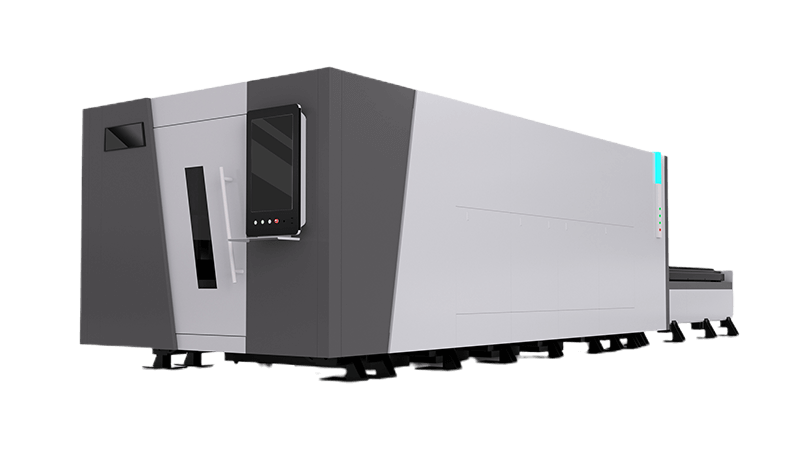
Power: 3kw, 6kw & 12kw
Cutting Ability: <40mm
Price: 25,715USD – 49,850USD
The Verdict: Which Metal Laser Cutter Is Best for You?
When it comes down to making the final decision, it’s all about finding the right fit for your needs. Consider the power, material compatibility, precision, and speed you need. Don’t forget the importance of features like automation and cooling systems.
Here’s a quick checklist to help you decide:
- What metals will you be cutting?
- How thick are the materials?
- Do you need a high degree of precision?
- What’s your budget, and can you handle maintenance costs?
Conclusion
Choosing the best metal laser cutter for your business isn't as hard as it seems. Take your time to consider all the factors, and you’ll find the perfect match. Remember, investing in the right laser cutter will save you time, money, and a whole lot of headaches in the long run.
Need help deciding? Contact us at Kirin Laser—we’ll help you find the best machine for your needs.


